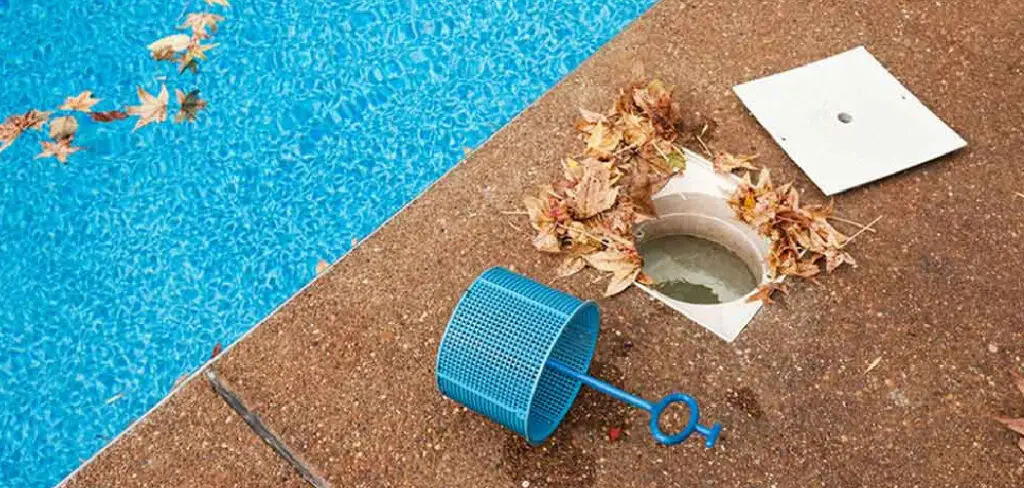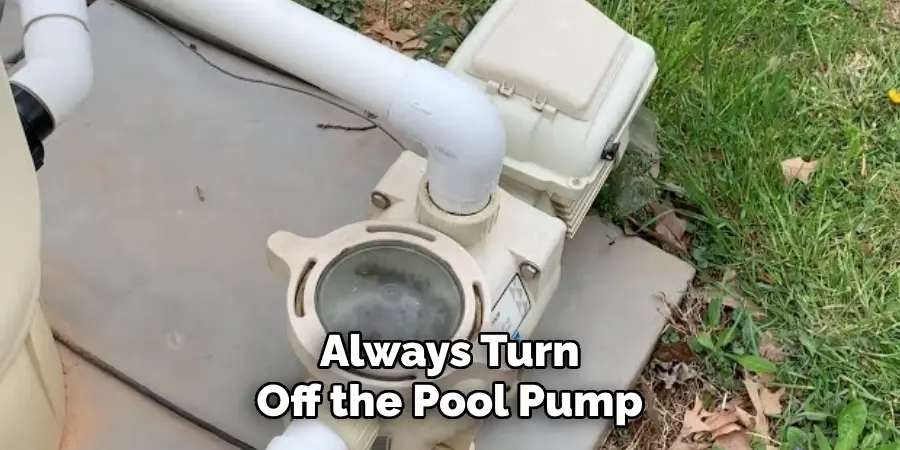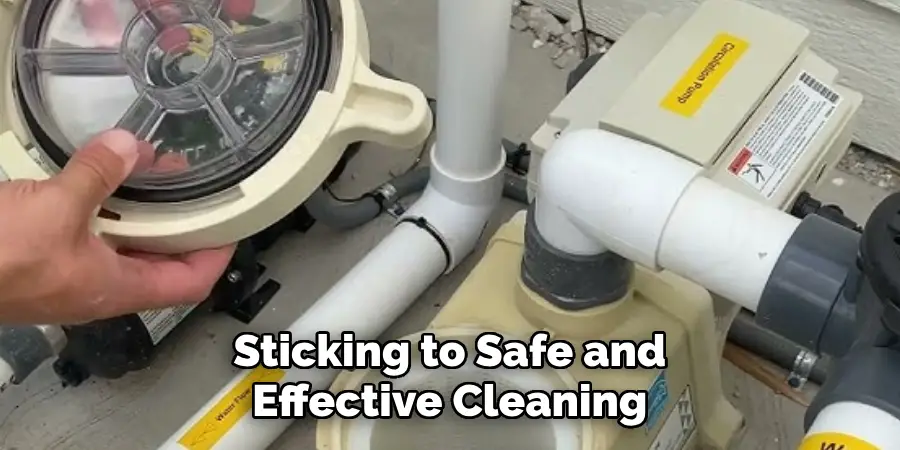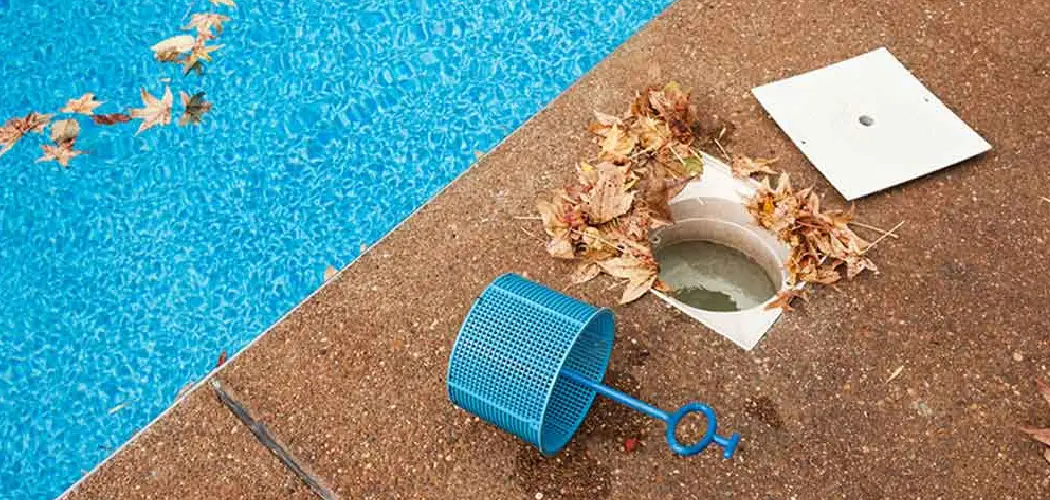Maintaining a clean pool pump basket is a straightforward yet crucial task for keeping your pool system running efficiently. This small but essential component prevents debris from clogging the pump and ensures smooth water flow. Neglecting its maintenance can lead to inefficiencies, costly repairs, and poor water quality.

This article provides a comprehensive guide on how to clean pool pump basket, including the tools you’ll need, step-by-step instructions, and practical tips to improve the lifespan of your pool system. By incorporating these practices into your routine, you’ll enjoy a cleaner, more energy-efficient pool.
Understanding the Pool Pump Basket
The pool pump basket plays a central role in your pool’s filtration system. Positioned inside the pump housing, it catches debris such as leaves, insects, and dirt before these particles can reach the pump’s impeller. By blocking this debris, the basket ensures that water can circulate freely throughout the system.
Failing to clean the basket regularly can cause severe issues. Debris buildup reduces water flow, forces the pump to work harder, and may result in overheating or even internal damage. Over time, this can lead to higher energy bills, impaired performance, and potentially an early failure of the pump. Understanding this vital component is the first step in maintaining an efficient pool system.
Tools and Materials Needed
Before you start, gather all the tools and materials needed to clean a pool pump basket effectively. Having the right equipment will make the task quicker and more efficient:
- Protective gloves: Essential to keep your hands clean and protect them from sharp debris or bacteria buildup.
- Garden hose: Used to rinse away dirt and flush debris from the basket.
- Bucket: Handy for catching water spills or holding the basket while you work.
- Soft-bristle brush: Ideal for scrubbing off stubborn dirt or algae without damaging the basket’s material.
- Lubricant spray (optional): Useful if the pump lid is difficult to open due to tight seals.
By preparing these tools in advance, you can complete the process smoothly without interruptions.
Benefits of Regular Cleaning
Why should you clean your pool pump basket regularly? Here are some key advantages:
- Prolonged equipment lifespan: Preventing debris buildup reduces stress on the motor and pump, extending their functional life.
- Consistently clear water: Removing obstructions ensures effective filtration, resulting in sparkling, debris-free pool water.
- Reduced energy consumption: A clean pump operates more efficiently, saving energy and lowering your electricity bills.
- Prevention of costly repairs: Regular cleaning helps you spot and address potential issues, like cracks in the basket, before they escalate.
By incorporating this simple maintenance step, you’ll save time, money, and frustration in the long run.
How to Clean Pool Pump Basket: Step-by-Step Guide
Preparing for the Task

First, always turn off the pool pump and filtration system. Working with a running pump can cause injuries or push debris deeper into the system. Once off, locate the pump housing. It’s usually near the filter and can be identified by the transparent or opaque lid that covers the basket.
Make sure the area around the pump is clear of obstacles, giving yourself easy access.
If you’re cleaning the basket after significant use, such as after a storm, be prepared for additional debris or water spillage.
Removing the Pump Basket
To access the basket, unscrew or unclip the pump lid. Depending on the model, you might need to press down and twist or use a wrench to remove tough seals. If the lid is stuck, apply a silicone-based lubricant or gently tap the edges with your hand to loosen it.
Once open, carefully lift the basket out of its housing. Be cautious not to spill debris back into the pump, as this can clog the system. Placing the basket over a trash can will help contain messes.
Cleaning the Basket
Begin by shaking out loose dirt and debris into a trash can. If leaves or twigs are stuck, use your fingers or a small pick to remove them. Next, use a hose to rinse the basket thoroughly, washing both the interior and exterior. For stubborn dirt or algae, scrub with a soft-bristle brush until the basket is completely clean.
If your water supply has high calcium levels, white residue may build up on the basket over time. To remove this, soak the basket in a solution of 50% water and 50% vinegar for 15 minutes, then rinse thoroughly. Avoid using strong chemicals as they may weaken the plastic.
Reassembling the Pump Basket
After cleaning, inspect the basket for any cracks, warping, or signs of wear and tear. A damaged basket should be replaced immediately, as it won’t perform effectively.
Place the basket back into its housing, ensuring it sits correctly. Check the edges for alignment, as a misaligned basket can lead to inefficiencies. Screw or clip the lid back in place and ensure it’s tightly sealed. Once secured, restart the pool pump and observe the system for leaks or unusual noises.
Common Mistakes to Avoid
Avoid these common mistakes for a seamless cleaning process:
- Running the pump without the basket: Debris entering an unprotected pump can cause severe damage, including motor failure.
- Neglecting to check for damage: Cracks or holes in the basket can render it ineffective in trapping debris.
- Overtightening the lid: This can damage the seal and make future cleanings harder.
- Using abrasive cleaners or tools: These can weaken the basket material, leading to premature breakdowns.

Sticking to safe and effective cleaning methods will ensure the longevity of your equipment.
Maintenance Tips for Long-Term Efficiency
Routine Cleaning
Make a habit of cleaning the basket at least once a week during heavy usage periods, like summer. For lighter usage, such as during winter months, biweekly cleaning may suffice. Regular maintenance prevents debris buildup and keeps the system running efficiently.
Inspections and Replacements
Besides cleaning, inspect the pump basket and surrounding components for signs of wear, such as cracks or brittleness. Look for issues with the pump lid seal, ensuring it’s intact and watertight. If you notice any damage, replace the basket promptly to avoid interruptions to your filtration system.
Troubleshooting Issues
Stuck Lid or Basket
If the pump lid is difficult to open, apply a silicone-based lubricant around the edges. For stuck baskets, use a small tool to gently pry it loose without damaging the housing.
Pump Won’t Start
After reassembling, if the pump fails to start, check whether the basket is seated properly. Verify that the pump lid is securely tightened and no debris remains in the pump housing. Inspect the motor for obstructions and restart.
Ensuring Overall Pool Health
In addition to maintaining the pump and filter, there are other factors that contribute to keeping your pool water clean and clear. These include proper chemical balance, regular cleaning and maintenance of the pool surface and equipment, and ensuring proper circulation and filtration.
Chemical Balance

Maintaining the right levels of chemicals in your pool is essential for preventing algae growth, bacteria build-up, and other issues. Regularly test the pH level, chlorine or sanitizer levels, total alkalinity, calcium hardness, and cyanuric acid levels.
These can all have an impact on the overall health of your pool. Adjust the levels as needed to keep them within the recommended ranges.
Cleaning and Maintenance
Proper cleaning and maintenance of your pool is also important for its longevity and health. This includes regularly skimming the surface for debris, brushing the walls and floor, vacuuming, and emptying the skimmer baskets and pump filter. It’s also crucial to regularly clean or backwash your filter to ensure proper circulation.
Frequently Asked Questions
How Often Should I Clean My Pool Pump Basket?
It’s recommended to clean the pool pump basket at least once a week or more frequently if you notice reduced water flow or increased debris in your pool.
What Is The Best Way To Maintain Water Chemistry?
Regularly test your pool water’s pH, chlorine, and alkalinity levels using a reliable testing kit. Adjust the chemical balance as needed to maintain safe and optimal swimming conditions.
How Can I Prevent Leaves And Debris From Accumulating?
Use a pool cover whenever the pool is not in use and utilize a skimmer to remove surface debris daily. Trimming nearby trees can also help reduce leaves falling into the pool.
When Should I Replace My Pool Filter?
Depending on the type of filter, cartridge filters should be replaced every 1-2 years, while sand and DE filters may require replacement media every 3-5 years. Regular maintenance can extend this lifespan.
What Signs Indicate My Pool Pump Needs Repairs?

Reduced water flow, unusual noises, or leaks around the pump are common signs that your pool pump may need servicing or repairs.
Conclusion
Cleaning your pool pump basket may seem like a minor task, but its impact on your pool’s overall health is significant. This guide on how to clean pool pump basket has provided you with the tools, steps, and tips needed to manage this crucial maintenance task effectively.
Regular cleaning not only enhances water quality and energy efficiency but also prolongs the lifespan of your pool equipment. Commit to this routine, and enjoy a pool that’s always ready for relaxation and fun.
About
Outdoor Fixes is a distinguished figure in the world of Diy design, with a decade of expertise creating innovative and sustainable Diy solutions.
His professional focus lies in merging traditional craftsmanship with modern manufacturing techniques,
fostering designs that are both practical and environmentally conscious. As the author of diy,
outdoorfixes delves into the art and science of outdoorfixes-making, inspiring artisans and industry professionals alike.
Education RMIT University
(Melbourne, Australia) Associate Degree in Design (Outdoor Fixes) Focus on sustainable design, industry-driven projects,
and practical craftsmanship. Gained hands-on experience with traditional and digital manufacturing tools, such as CAD and CNC software.
Nottingham Trent University
(United Kingdom) Bachelor’s in outdoorfixes.com and Product Design (Honors) Specialized in product design with a focus on blending creativity with production
techniques. Participated in industry projects, working with companies like John Lewis and Vitsoe to gain real-world insights.
Publications and Impact
In diy, Outdoor Fixes his insights on indoor design processes, materials, and strategies for efficient production.
His writing bridges the gap between artisan knowledge and modern industry needs, making it a must-read for both budding designers and seasoned professionals.

